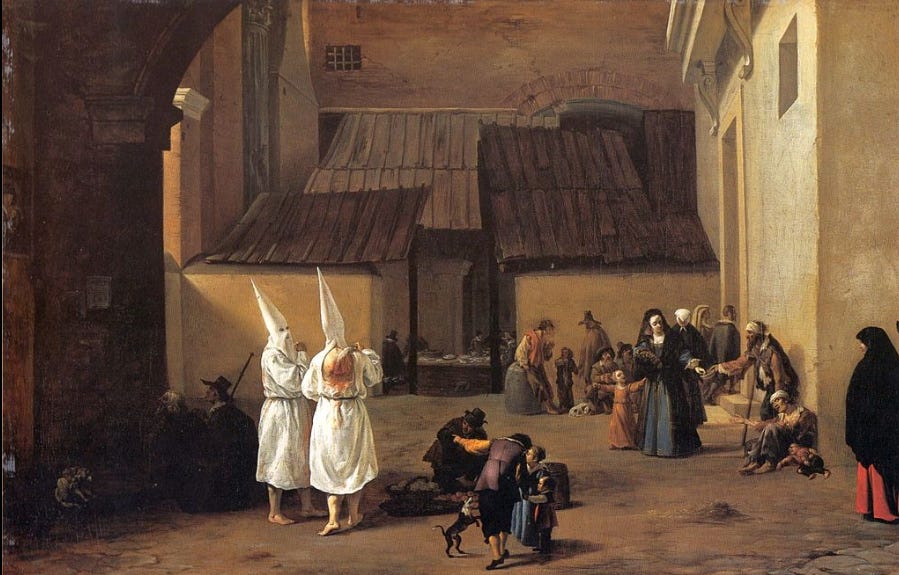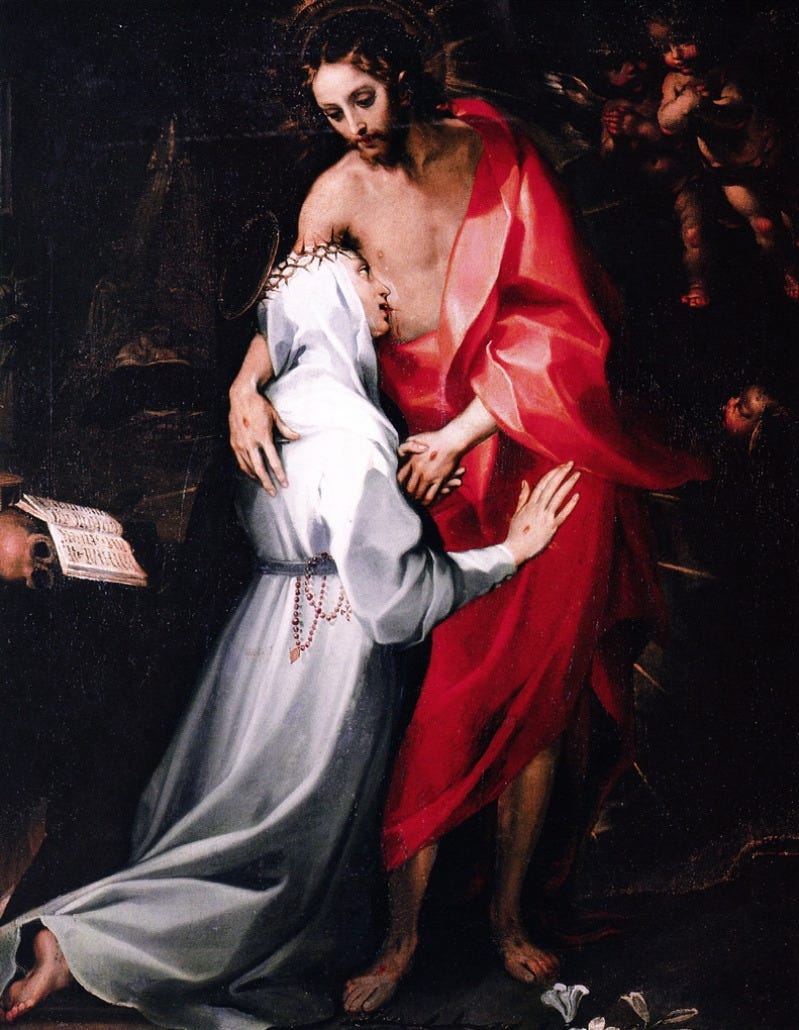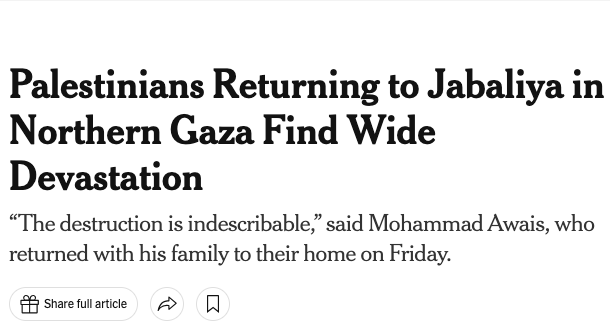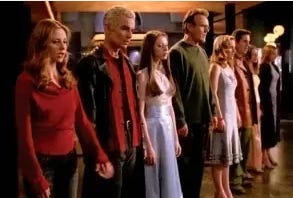The Black Sheep, Part 1
The Patron Saint of Vampires
In this multi part series I’ll be sharing a longer essay in chunks throughout the month of June about Saint Caterina, my mother as my first lover, vampires, and the idea of the black sheep. This essay has allusion to sexual abuse, but is not graphic. Thanks for joining me in this.
This month’s craft talk will focus on techniques of the braided essay. The craft talk is open to paid subscribers. This month, that will be released as an audiocast through this platform. Upgrade to paid.
The Black Sheep
“Give me as my Spouse the One I long for from my inmost heart, Your own all-holy and only Son, our Lord Jesus Christ; and I promise him and promise you that to no other spouse will I ever give myself, but in my own humble measure I too will keep my virginity forever spotless for Him.” Santa Caterina de Siena
There was a period of time where my mom laid in bed crying—my memory is that this period lasted for years—possibly because it coincides with a time where she was in per menopause and getting cluster headaches. She would teach religion at the Catholic highschool I also attended and then come home and put herself to bed, lying in a dark room. She wouldn’t talk to me, couldn’t be around me. At night I would hear her begging to people on the phone. I’d hear her crying to my dad.
My mom was excellent at obsession. She’d lie to maintain it. When I was in my early twenties she once stole a photo album my dad had given me of family pictures. I write about this moment often. I was excited to have one of my own that had photos from before I was born—always a mythic time—and just after as a baby where I could see my brother and sister holding me, my two first loves. There are pictures of my mom and dad from their youth, babies just married on a honeymoon in Jamaica. I let her look through it. She gave it back to me. I put it in my bag. We finished dinner. I went to the bathroom. She was closed into her room when I came out. I got ready to bed down on her couch and went to spend time with the photo album again. It wasn’t in my bag. I asked her about it and she said “what photo album?” I looked all over the living room. I was incredulous—“did you take it?”
“What photo album?” She locked her bedroom door. I picked it with a paper clip. I found my photo album under her clothes. I took out the photos I wanted. I yelled at her and asked why she lied.
“I have nothing!” she shouted. Then I remember this look she gave me: eye lids low, wide lips parted, her grey and damp addict’s skin, shoulders dipped. She wanted me to hurt her. I’ve performed this look before, for a lover during kink play. Despite whatever she tried to create in childhood she was not my lover. I took my handful of photos and left that night.
What is real? A question that always hovered over every moment with my mom. She would rub my breasts and then say she hadn’t. One time, in a more honest moment she said “oops I thought that was your shoulder.” Maybe it was my shoulder. What do I know about my own body? It was hers anyway, something she always made clear, because she had made it.
To be fair, her body was mine too but I think that’s appropriate on the part of children. I watch the way Little H pulls and pushes her mom’s body, this palace that is hers, that she came from, and how her mom has to remind her not to hurt her, that she is a body that feels. This is me, this is you.
I am you, I am you. I clung to my mother. My best friend and first lover. We did everything together. We spent time from the moment I got home from school, where we would eat snacks together and watch TV. During the summer, before I was a 14 year old laborer, we would spend summer days together going to the beach or reading side by side. I mostly enjoyed running errands with her and even when I was old enough to stay alone she would complain about wanting my company or tempt me with a present and so I went.
As an adult I love errand dates. And something I loved when I was partnered with the Poet was how we would spend all our time together, especially since our teaching schedules allowed for that. Our favorite days were the ones where we could eat all three meals together. They’d want to go clothes shopping and I’d go with them. I needed to go pick up prescriptions and they’d come too. Wanna go for a bike ride? Wanna go for a walk? What are you doing right now, wanna watch a show?
After school my mom and I always watched General Hospital and then Oprah. I was invested in Luke and Laura. Their love another kind of obsession, one that viewers were encouraged to long for as Luke and Laura longed for each other, always pulled apart by time.
My mom was the oldest child in an Italian family, second generation. She was a different kind of oldest child: dreamy and spacey, emotional and self absorbed.
My mom, who used her allowanced to buy ho hos and comic books; who was fat; who sat on “cancer hill” with her friends during high school to smoke instead of going to class; who was told she wasn’t college materials; and who said she felt a calling from God and joined the convent.
She drove me past the convent a few times. She was elated, I remember, because they still had the lace curtains she had made hanging in the window.
The convent in 1965 sounds like a really wild time—a lot of young nuns believing in anti-war. They fermented apple juice by burying it in the ground and waited patiently to get drunk. My mom played guitar and they sang anti-war songs together. They fell in love.
“At night, Sue would come to my bed.”
The details of what happened during these years are hazy. I know that somehow her lover was caught and she was kicked out of the convent. That my mom wanted to stay, that there was some betrayal in this for the lover. They were pulled a part from each other by the nuns, screaming and sobbing. An older nun comforted my mom and said “at some point you will forget her.”
But my mom didn’t forget.
My mom felt a calling another time too. While praying during mass she heard God’s voice say to have another child. Her other two were 10 and 8 and would be 11 and 9 by the time I was born.
And so my mom and her younger sister were pregnant at the same time and she likened this to Mary and Elizabeth being pregnant at the same time: Mary with Jesus and Elizabeth with John the Baptist. Or maybe this is my story—it is difficult still to tell what is my story and what is my mom’s story—thinking of the two of them pregnant, due dates just months apart when my mom found out she was pregnant, on a camping trip.
My mom pushed this Christ image on me further: I was a troubled pregnancy, the doctor’s thought I would be born dead. Her friend (and possibly lover) Mrs. T prayed over her belly and she felt heat rise off my mother’s stomach. The bleeding lessened, though, it didn’t stop entirely. My dad saw a shooting star as they drove to the hospital, and he saw this as the arrival of my spirit and knew that I would be okay.
Christ appeared before Caterina of Siena when she was eight years old and walking home with her cousin. He looked like a king, sat on a thrown, her body filled with love, and devotion, and clarity and light. And then it was gone. She alone had seen it, her cousin simply witnessing her sudden catatonic state. She told him what happened and then made him promise not to say anything. This was her experience where devotion, or love, or desire or possibility hit her and she knew that others wouldn’t understand what she had just experienced and what was happening inside of her.
She went from being a chatty child to a pious one. The other small children followed her around—her small disciples. But she felt like a woman. Christ had appeared and called her to be his bride and she would do anything for this lover.

We are in the middle ages, we are within the realm of the plague, of the Inquisition, of the Crusades. The Pope is in France. People are clergy not for the calling but for the power and the money. Caterina’s family is what would be middle class—something far different from the serfdom and uprisings happening all around them. Down the streets, even likely in Sienna, The Flagellants would march through. This cult wore outfits similar to that of the KKK their faces hidden and they moaned and whipped themselves. The plague, the death, the civil unrest, were all part of a deep sin that needed atoned and they demonstrated how with their own flesh: their hair shirts torn and bloodied.
The female saints are especially afflicted—by martyrdom or by chronic illness. A suffering that has happened to them that brings them close to the suffering of Christ.
In a certain realms of Catholicism it is a blessing to suffer, because to suffer means to be close to Jesus, who, as the stories go, died in a brutal affair. Though I often wonder why this particular brutal death stuck, when there are always brutal deaths under colonization, which was what the death of Jesus was: the assassination of a political threat, a reminder of fear, of what the state can do to you. Newspapers use the passive voice at the murder of Palestinians by Israeli soldiers, as in “Palestinians Returning to Jabliya in Northern Gaza find Wide Devastation” as if the devastation the Palestinians “found” just happened, as if it could be a surprise. The brutality of drugging Fred Hampton and then murdering him with a barrage of bullets, death coming upon him while he slept and yet far from a beautiful death.
But the Catholic and Christian notion is that he accepted death to save humanity. Just as Ishtar and Inanna went to the underworld to free those they loved and created the arrangement that results in us getting to have spring and summer and not just an unending winter, that each year they would return. Just as Persephone lives on Earth six months of the year and returns to Hades for the others—a trade that all humans can feel. So it is no surprise that in Christ’s death, around the Spring Equinox, he goes to the underworld and “takes the keys of heaven” from Satan so that rather than just going to sleep, or a hell of isolation, we get to go to paradise when we die, the promise of eternal life. And of course, of course, Jesus returns and the flowers really start to bloom.
Can we be comforted by death if there is at least a chance that rather than entering a land of sorrow we are entering a land of bliss?
In the musical episode of “Buffy The Vampire Slayer”, (Once More, with Feeling, 6.7) Sarah Michelle Geller sings “I think I was in Heaven” off key to the horror of her friends who realized that when they did some witchcraft to bring her back to life they had pulled her from this place of bliss. And Buffy is fucked up about it too. She went from bliss back to this world of vampires and suffering and back to this holy war where the greatest evil force will turn all of America, all of the world into hell.
Buffy getting pulled from heaven creates a strange chain reaction of Slayers. Rather than there just being one there are suddenly an endless number of pre-teen and teenaged girls being called to the divine fight. And like many a hero that is also a black sheep, her followers don’t understand her.
For part 2 click here




